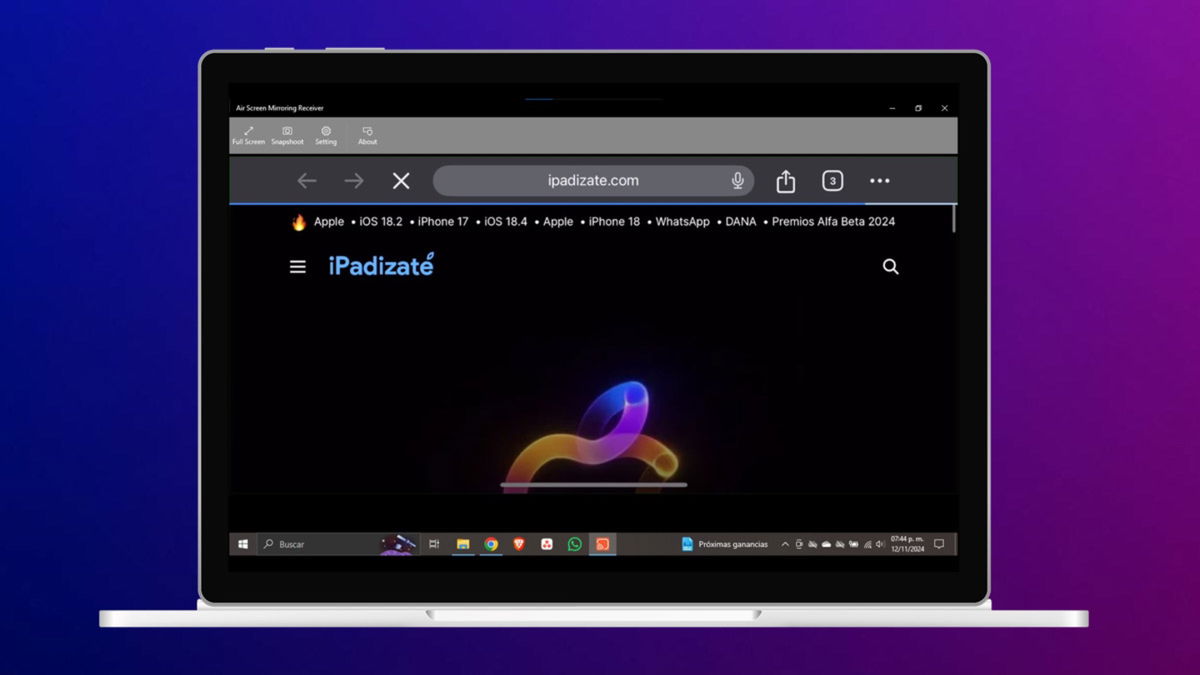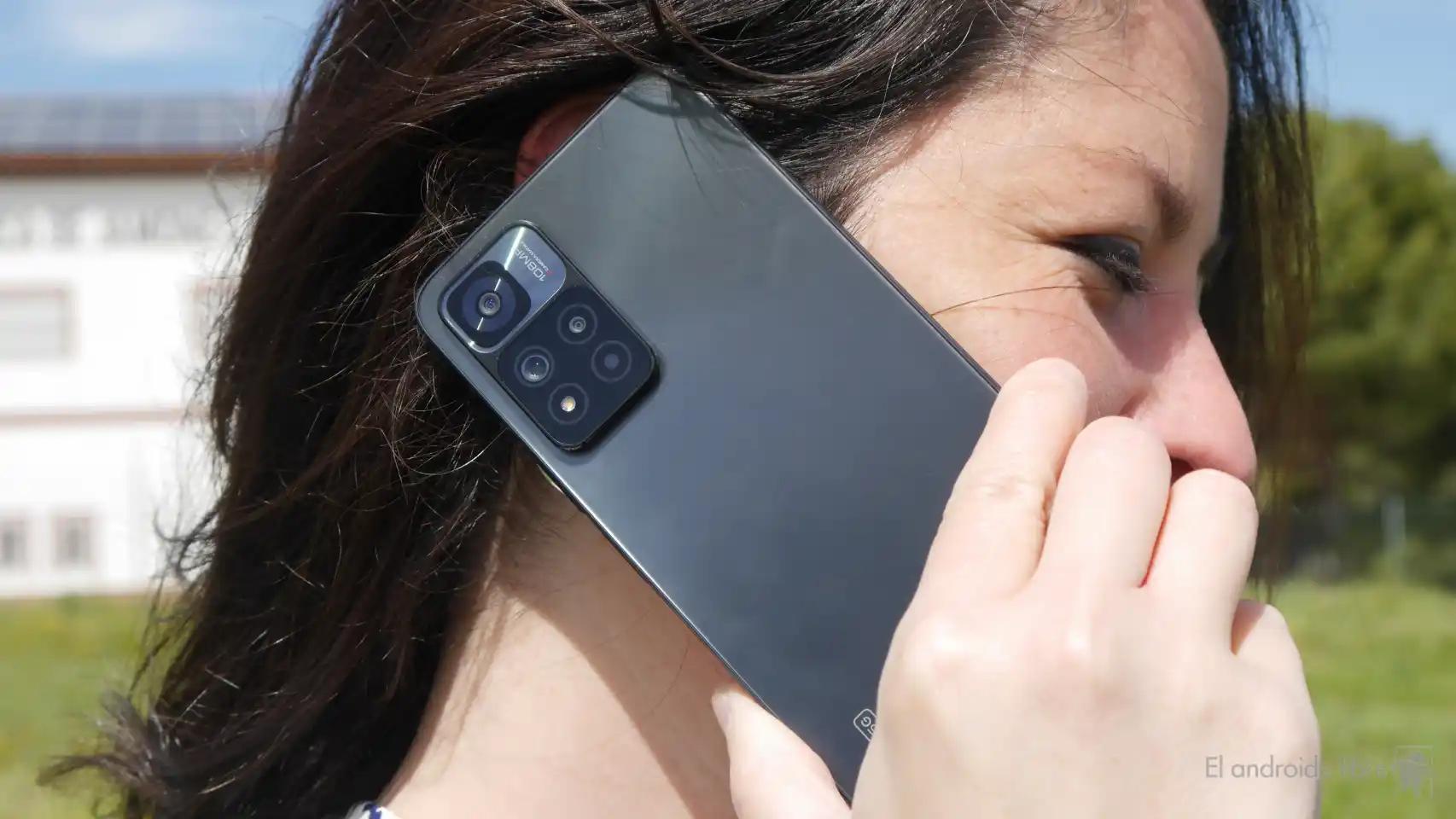Apple is already working on the second generation of its virtual and augmented reality headset. A development that will adopt a new battery system, a lighter design and a faster processor. Ming-Chi Kuo publishes predictions (via 9to5mac) even before seeing the first generation.
A development version and a consumer version
We expect the first generation of this headset next year, 2022. Thanks to various rumors, we have a rough idea of what specs this device will feature. Apparently he will have a computing power similar to that of a Mac, which will allow us to use the equipment independently of our iPhone.
Today, Kuo goes a few years further to state that Apple is already working on the second generation of this augmented and / or virtual reality headset. The release date would be 2024 and it would feature a lighter design than the first generation, a new battery system, and a lighter design.
Lighter compared to the first version of this device, which will weigh, according to Kuo, between 300 and 400 grams. A really reduced weight for a device which “will be able to switch between augmented reality and virtual reality on the fly to offer an innovative experience”.
“Apple has started planning for second-gen AR / VR headsets, and the shipping schedule will likely be 2 hours and 24 hours. Improvements for the second generation include lighter weight, a redesign of form factor, battery system and processor over the first model, which will go into mass production at the end of 4T22 ”.
A dual approach so that augmented and virtual reality technology advances in development and reaches the most mature general public possible.
While we hope that the first generation of the device will focus on the development and awareness of the technology, without wanting to encompass the general public, it seems that Apple has a pretty defined roadmap to bring this device to the public at most. large number. Only two years after the first version the second iteration is proposed, which, with what we know, already looks much more interesting.
Just as the hardware of these future glasses or headphones will evolve, we also expect an evolution in terms of software. In a first version, we hope that the operating system of these glasses will focus on communication, consumption of multimedia content and games. These skills are relatively easy to learn and which, moreover, are attractive and developmentally interesting in equal parts.
Thanks to the information which can be obtained from seemingly simple developments, it is possible to improve the software of these glasses so that, fitted on the appropriate hardware, they offer truly impressive results. We are already seeing, in part, what an iPhone can offer us in the field of augmented reality, transferring this to future glasses opens the doors to possibilities that are difficult to imagine even today. Overall, we’re expecting great things from Apple’s bet. There is less left.
Image | Vinicius “amnx” Amano








